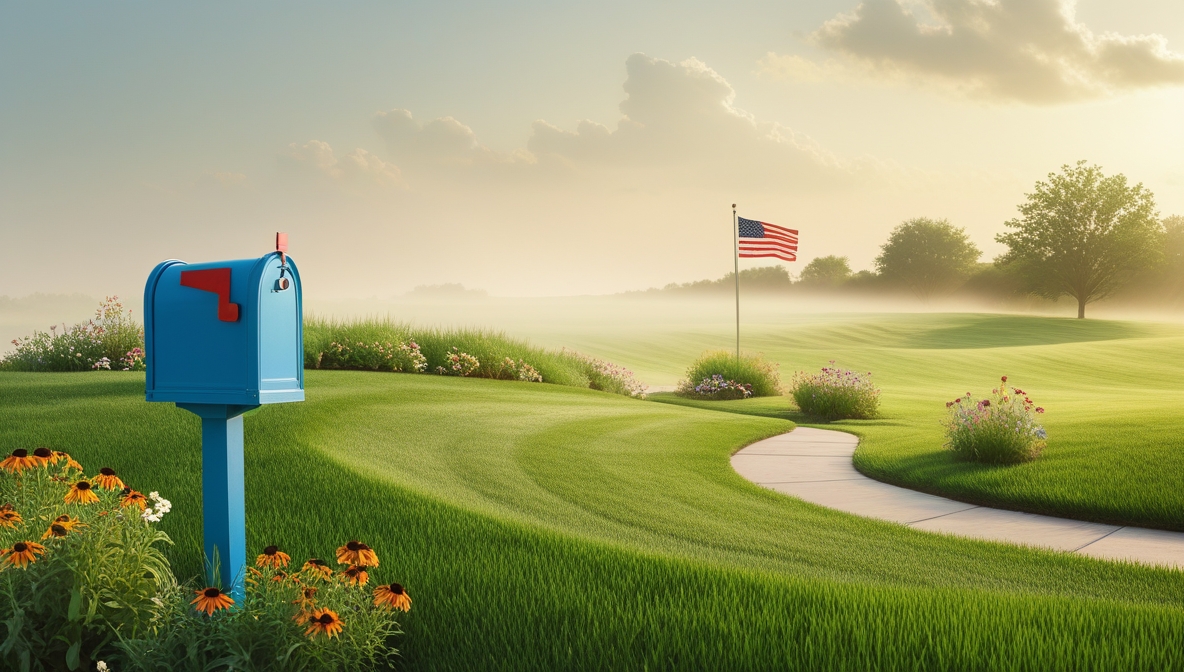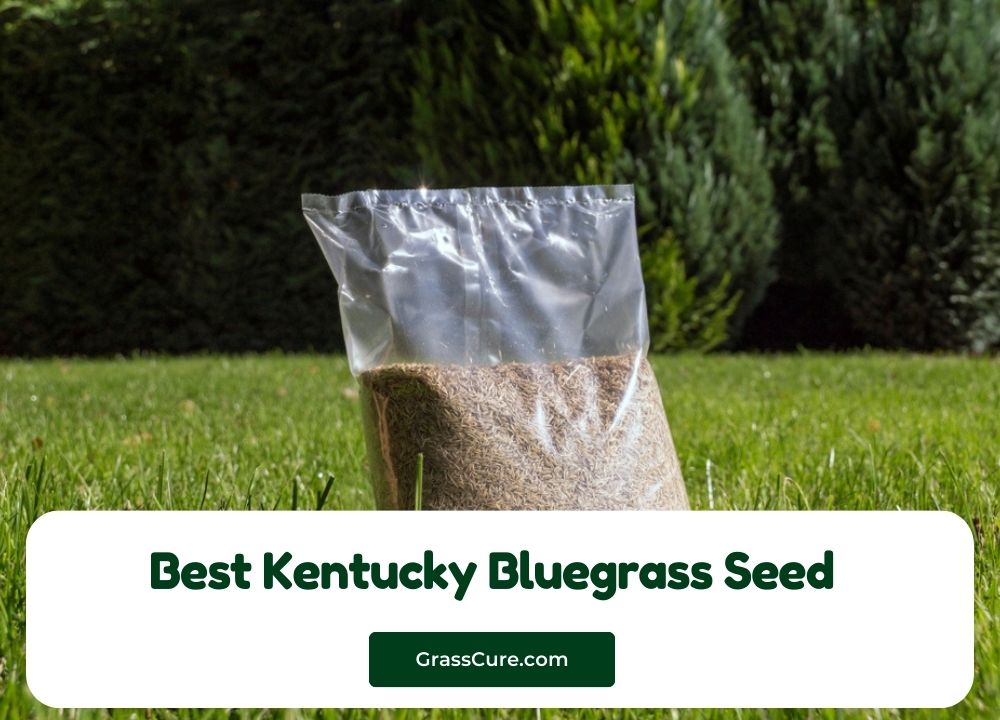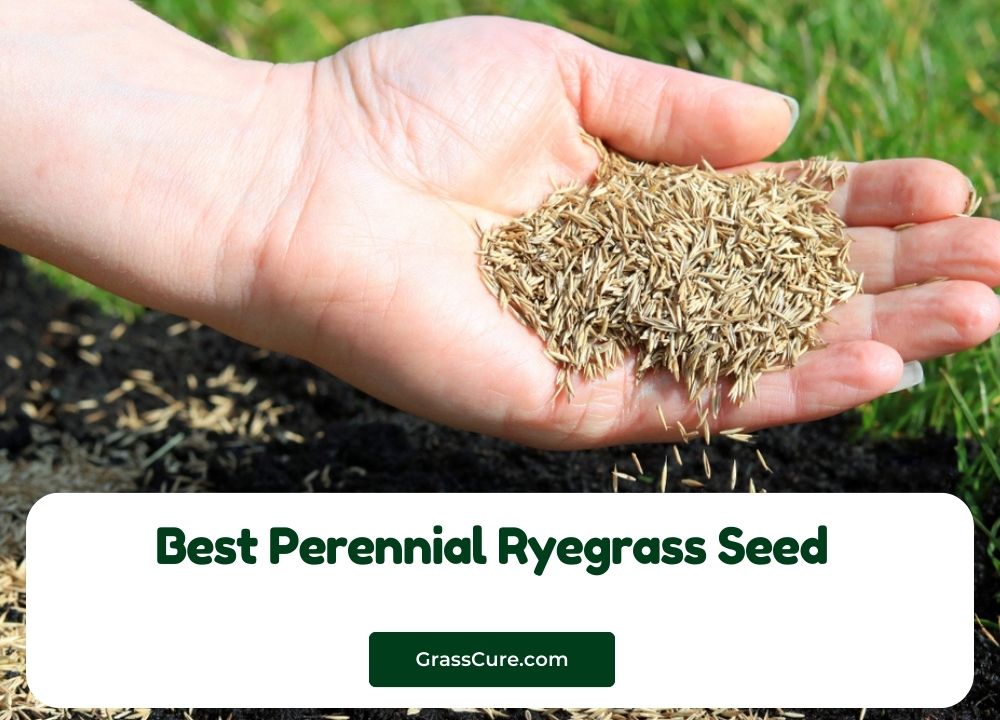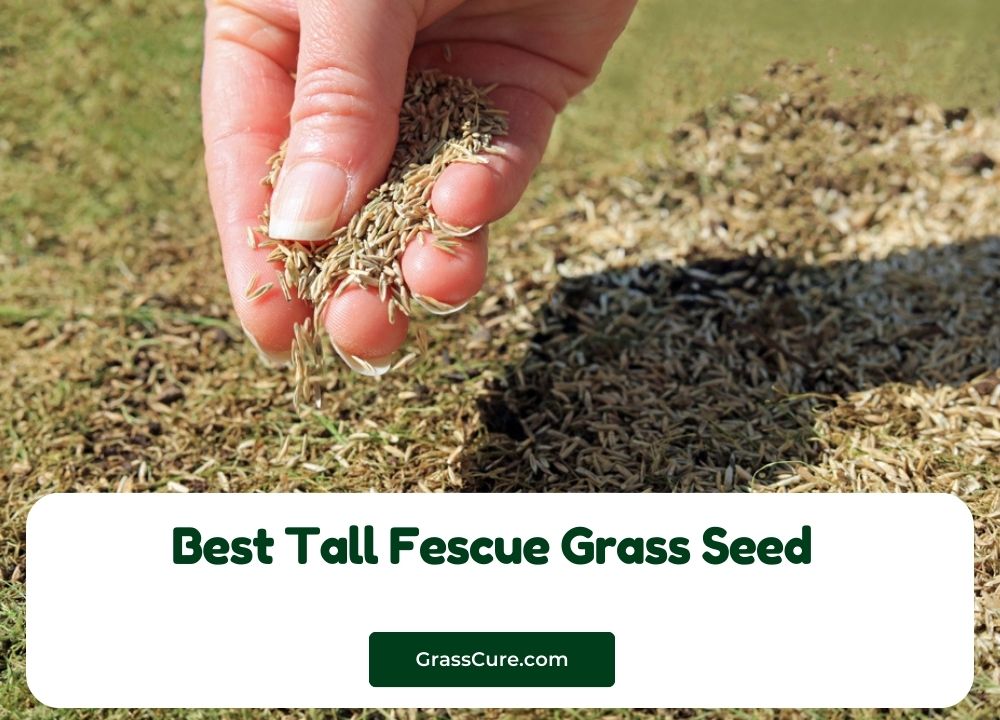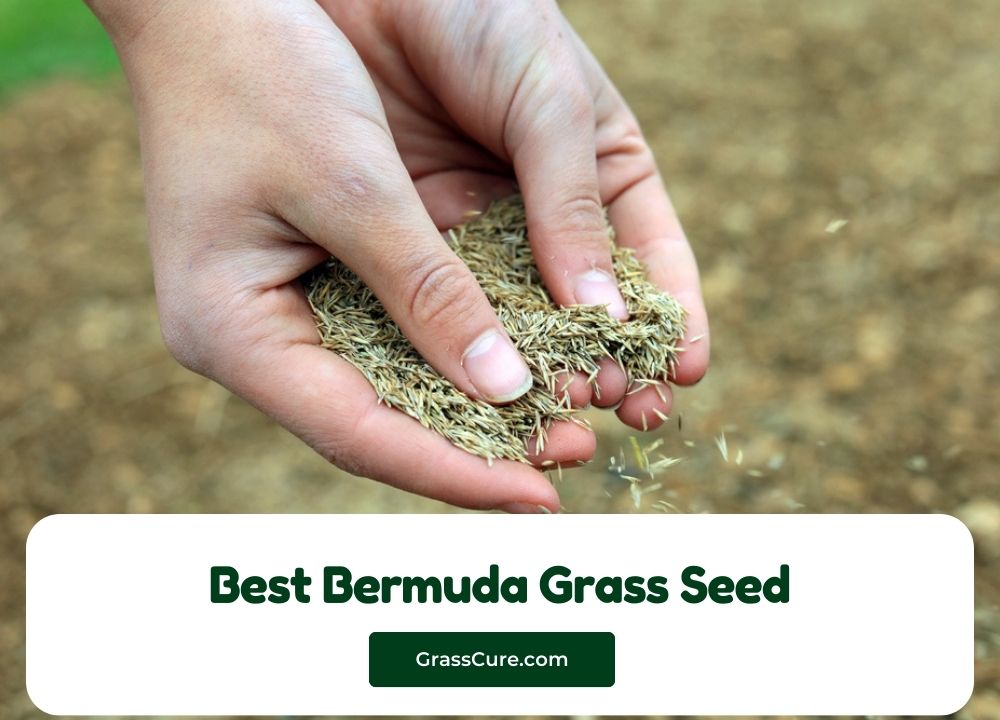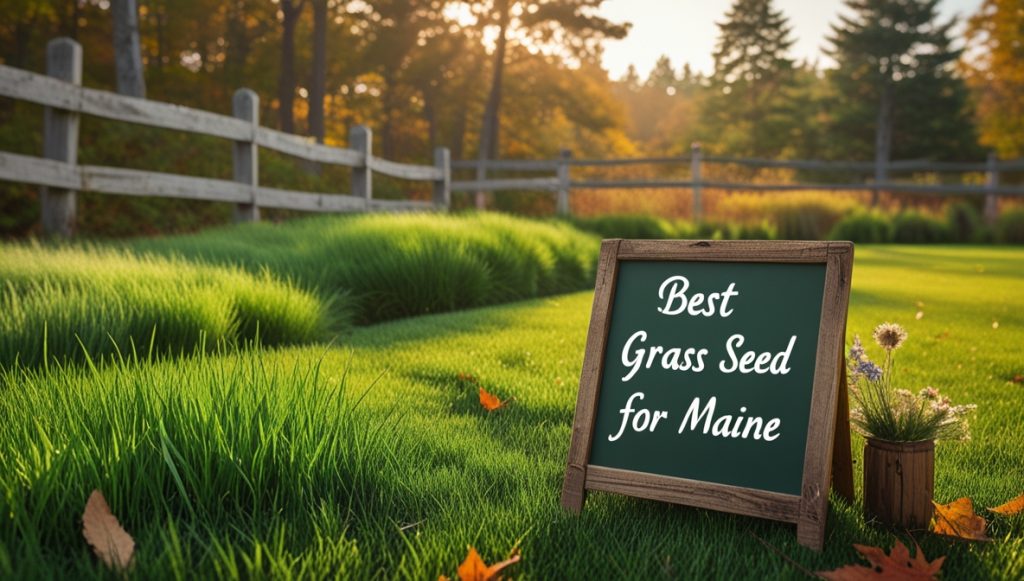Getting a lush, healthy lawn in Iowa requires choosing the right grass seed. The state’s diverse climate, ranging from humid summers to harsh winters, demands careful consideration of grass type and soil conditions. This guide explores the best grass seed for Iowa, helping you achieve the vibrant green lawn you desire.
Contents
- Choosing the Right Grass Seed for Iowa
- Cool-Season Grasses: Ideal Iowa Choices
- Kentucky Bluegrass: A Popular Option
- Fine Fescue: Shade Tolerance & Benefits
- Tall Fescue: Drought Resistance & Strength
- Ryegrass: Quick Germination & Coverage
- Blends: Combining Strengths for Best Results
- Soil Testing: Crucial for Success in Iowa
- Preparing Your Lawn for Seeding Success
- Sowing & Maintaining Your Iowa Lawn
Choosing the Right Grass Seed for Iowa
Selecting the perfect grass seed hinges on several factors specific to your Iowa landscape. Consider your sun exposure—full sun, partial shade, or deep shade—as different grasses thrive under varying light conditions. Soil type also plays a crucial role; some grasses tolerate clay better than others, while others prefer sandy loam. Finally, think about your lifestyle; a low-maintenance grass might be preferable to one requiring frequent watering and fertilization. Understanding these factors allows for informed decision-making, ensuring your lawn’s long-term health. By carefully weighing these considerations, you can select a grass seed that will flourish in your specific Iowa environment.
Cool-Season Grasses: Ideal Iowa Choices
Iowa’s climate is best suited for cool-season grasses, which thrive during spring and fall while going dormant in summer’s heat. These grasses are generally more tolerant of Iowa’s fluctuating temperatures and moisture levels compared to warm-season varieties. Consequently, cool-season grasses offer better resilience and long-term performance in the state. They require less frequent mowing during the hot summer months when they go dormant, making them a practical choice for many Iowa homeowners.
This makes them a popular and practical choice for Iowan lawns. The key cool-season grasses discussed below are all well-adapted to the Iowa climate and offer distinct advantages depending on your specific needs and preferences.
Kentucky Bluegrass: A Popular Option
Kentucky bluegrass is a classic choice for many Iowa lawns, prized for its fine texture and deep green color. It creates a dense, lush carpet that’s visually appealing. However, it requires consistent care, including regular watering, fertilization, and weed control. It performs best in full sun to partial shade and well-drained soil. Without proper maintenance, Kentucky bluegrass can become susceptible to diseases and weeds.
Furthermore, it can struggle in areas with heavy shade or poor drainage. Therefore, a thorough assessment of your lawn’s conditions is crucial before opting for Kentucky bluegrass. Consider its maintenance requirements before making a decision.
Fine Fescue: Shade Tolerance & Benefits
Fine fescues stand out for their exceptional shade tolerance, making them ideal for areas of your lawn that receive less sunlight. These grasses are also relatively low-maintenance, requiring less frequent watering and fertilization compared to Kentucky bluegrass. Their fine blades create a soft, luxurious feel underfoot. They are generally more disease-resistant than Kentucky bluegrass.
In addition, fine fescues are well-suited for areas with less-than-perfect soil conditions. However, they can be more expensive than other grass seed options. They are a fantastic choice for homeowners seeking a low-maintenance, shade-tolerant lawn.
Tall Fescue: Drought Resistance & Strength
Tall fescue is known for its outstanding drought tolerance and resilience. It’s a robust grass that can withstand periods of dry weather and recover quickly. This makes it a particularly good choice for busy homeowners who may not have the time for frequent watering. Its deep root system also helps it compete effectively against weeds. This resilience makes it a popular choice for many Iowans.
Moreover, tall fescue tolerates a wider range of soil conditions than some other grasses. It is a more coarse textured grass than Kentucky bluegrass or fine fescue. However, it’s still a very popular choice due to its hardiness and low-maintenance nature.
Ryegrass: Quick Germination & Coverage
Ryegrass is often used for quick establishment and temporary ground cover. It germinates rapidly, providing a green lawn much faster than other grasses. This makes it ideal for erosion control or filling in bare patches quickly. It’s often used as a nurse grass to help establish other grasses. However, it doesn’t have the long-term longevity of other cool-season grasses.
Because of its fast growth, ryegrass is excellent for patching up bare spots or establishing a new lawn quickly. However, it tends to have a shorter lifespan than other options, needing reseeding more frequently. It’s best used as a temporary or supplemental grass.
Blends: Combining Strengths for Best Results
Grass seed blends combine different grass types to leverage their individual strengths. For example, a blend might combine Kentucky bluegrass for its aesthetic appeal with tall fescue for its drought tolerance. This approach creates a lawn that’s better equipped to handle the diverse conditions found in many Iowa yards. Blends offer a balanced approach, maximizing the benefits of various grasses.
Consequently, blends are often a more resilient and adaptable solution than using a single type of grass seed. They are designed to provide a beautiful, healthy lawn that can withstand various challenges, making them a smart choice for many Iowa lawns.
Soil Testing: Crucial for Success in Iowa
Before you even think about planting, conduct a soil test. Iowa soils vary significantly in pH and nutrient content. A soil test reveals these crucial details, guiding your decisions on soil amendments like lime or fertilizer. This ensures your chosen grass seed receives the optimal growing conditions. This proactive step significantly boosts your chances of success.
By addressing imbalances beforehand, you prevent potential problems and set the stage for a thriving lawn. The results from the soil test will guide you on which nutrients to add to your soil, maximizing the potential of your grass seed.
Preparing Your Lawn for Seeding Success
Proper lawn preparation is paramount. Begin by removing existing grass, weeds, and thatch. This ensures the new seed has optimal contact with the soil. Then, till or loosen the soil to a depth of a few inches. This creates a seedbed that promotes healthy root development. This groundwork is crucial for establishing a strong, healthy lawn.
Level the soil to create a smooth surface for even seeding. Consider using a rake to smooth out any bumps or dips. This ensures consistent germination and growth. Proper preparation ensures that your efforts will result in a beautiful and healthy lawn.
Sowing & Maintaining Your Iowa Lawn
Sow the seed according to package instructions, ensuring even distribution. Water gently and frequently to maintain soil moisture until germination. Once established, adjust watering frequency based on weather conditions. Regular mowing, fertilization, and weed control are essential for a healthy lawn. Consistent care is key to long-term success.
Remember to mow at the appropriate height for your chosen grass type. Avoid scalping the lawn, which can damage the grass plants. Regular fertilization will also help to maintain a healthy, vibrant lawn. With proper care, your Iowa lawn will thrive.
Choosing the best grass seed for Iowa involves careful consideration of your specific needs and site conditions. By understanding the characteristics of different grass types and following proper preparation and maintenance practices, you can achieve a beautiful, healthy, and resilient lawn that enhances your Iowa property. Remember that soil testing is a crucial first step to ensure success.
